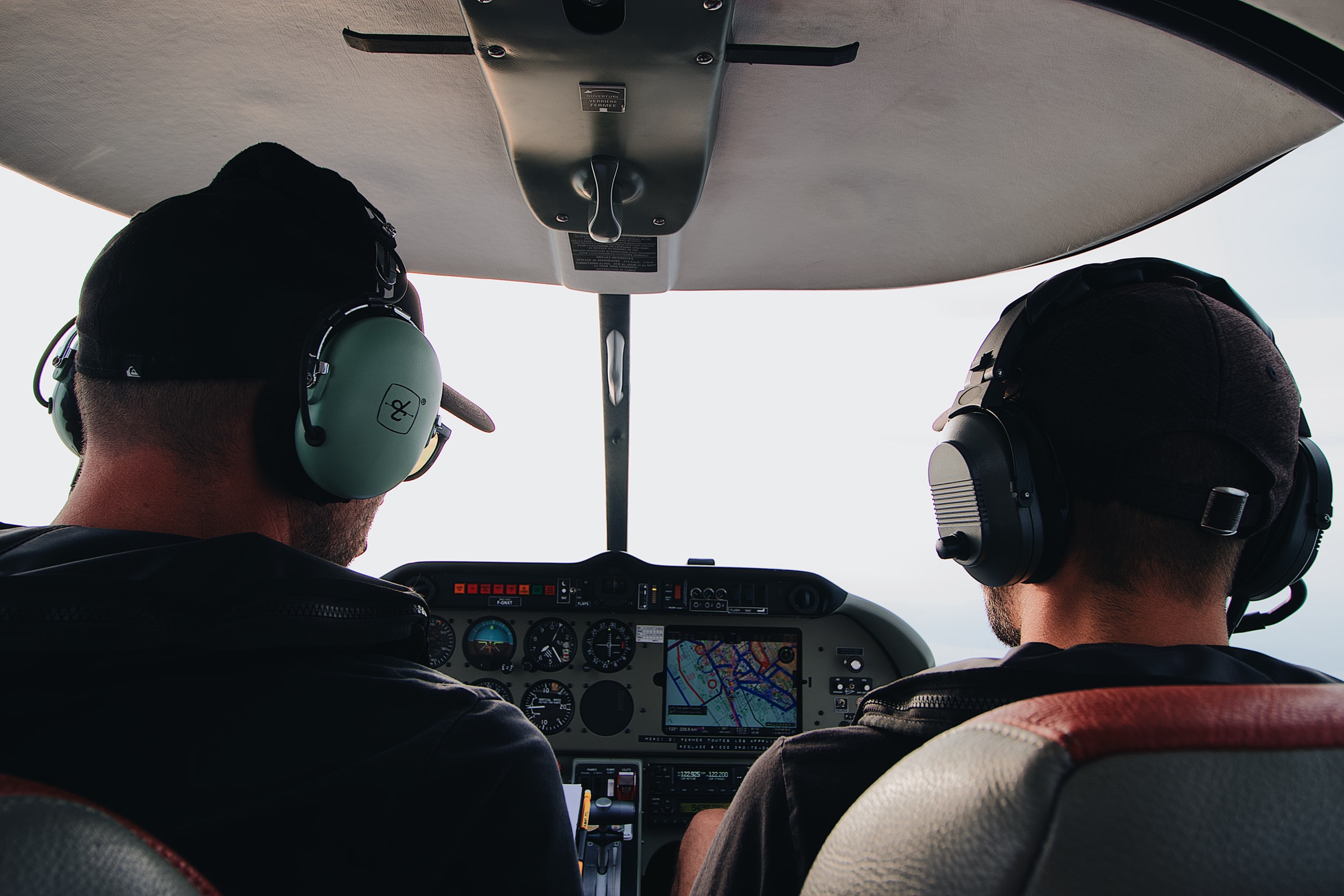Aeronautical and aviation safety is becoming increasingly scrutinized, thanks to recent reports about bad behavior from Boeing employees, as well as high-profile plane crashes. However, just because crashes and airplane manufacturers are in the current news cycle doesn’t mean that aviation companies don’t have guidelines to follow. In fact, DO-178C, the Software Considerations in Airborne Systems and Equipment Certification, is widely used as a standard for airline safety.
That document, in conjunction with companies like AFuzion. which aims to provide better expertise and knowledge to avionics companies while presenting a wide range of proprietary research and whitepapers on safety compliance, creates an environment where aviation companies can get the guidance they need for critical safety issues. If you’re wondering how these industries go about complying with DO-178C testing, here are some things to recognize.
First of all, it’s important to realize that DO-178C testing is used broadly from a variety of aviation regulatory agencies. These kinds of organizations include the Federal Aviation Administration, Transport Canada, and the European Aviation Safety Administration. DO-178C guidance applies to all commercial airline software and has also begun to encompass military avionics as well.
No matter how vital or unnecessary the software may seem, all code needs to meet the standards set forth by DO-178C testing. In order for aviation software to be DO-178C compliant, it must meet the requirements set forth in the Software Considerations in Airborne Systems and Equipment Certification document.
What does the Software Considerations in Airborne Systems and Equipment Certification document outline? Put simply, DO-178C outlines a few key areas of guidance for all aviation and avionics software. From stages of development like planning and verification to how the software will be configured, certified, and deployed, there are important steps governing each piece of the process.
As part of the assurance process, the DO-178C sets forth several different Design Assurance Levels. Each of the five levels refers to a different level of safety in regards to the repercussions of each failure level. These levels for each outcome are no safety effects, minor safety effects, major safety effects, hazardous safety effects, and disastrous safety effects.
If you’re wondering how each of these five levels of Design Assurance plays out when it comes to testing the software per DO-178C regulations, it’s actually pretty straightforward. Verification of all software is performed by a team that wasn’t involved with developing the software in order to maintain objectivity. If the risk associated with the piece of software malfunctioning is high-level, such as something that poses disastrous or hazardous safety effects, there is a much greater level of rigor involved in how that feature is tested.
Each individual must test the software independently of others in order to ensure the appropriate levels of safety are met and documented properly. According to DO-178C regulations, all elements of code must meet both top-down and bottom-up traceability, which means that all code has either a high-level or low-level function. Eliminating extraneous code is one way to decrease the chances that anything goes wrong once a piece of software is verified and deployed.
While DO-178C may seem like a very technical subject, the important thing to remember is that this kind of documentation and testing is to ensure the safety of others. Particularly at a time when the integrity of aviation manufacturers is under scrutiny, following the proper regulations and determining appropriate safety precautions have been followed is of the utmost importance.
If you’re new to the concept of DO-178C documentation, hopefully, this brief primer on how the Software Considerations in Airborne Systems and Equipment Certification is structured and tested has been helpful to increase your understanding of the various factors at play.

